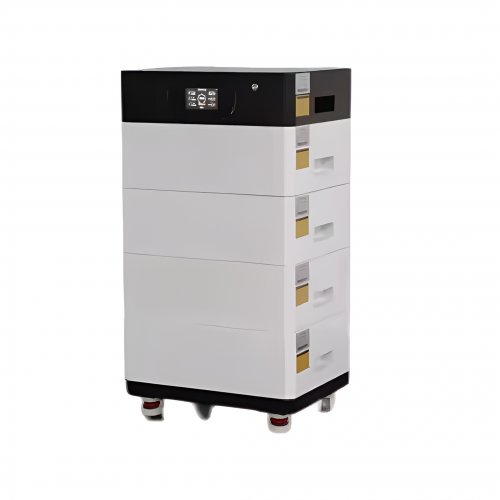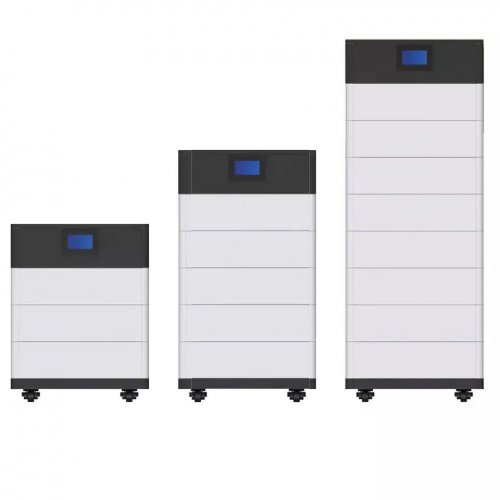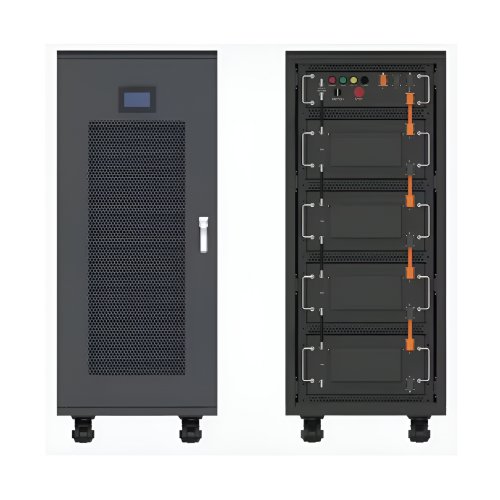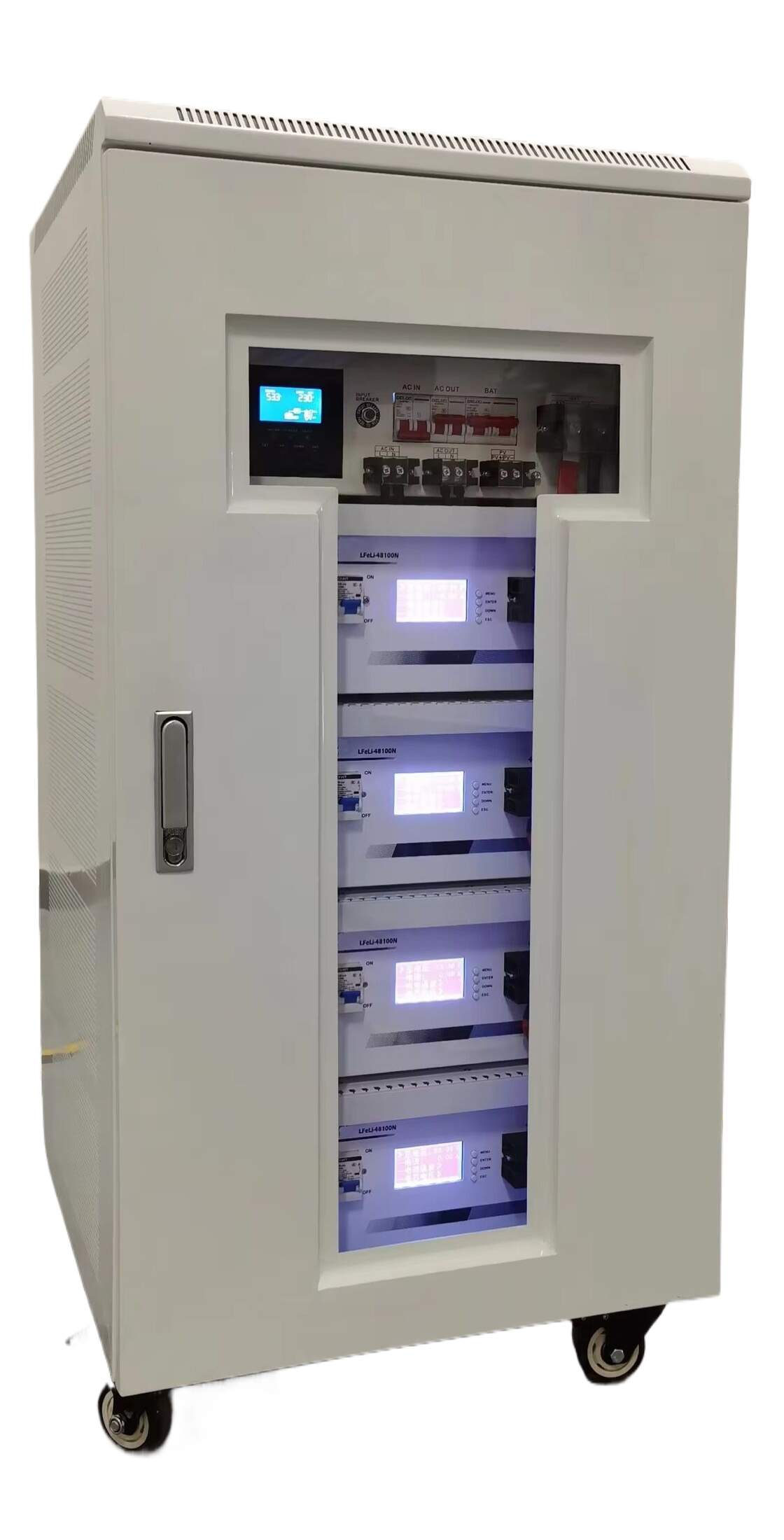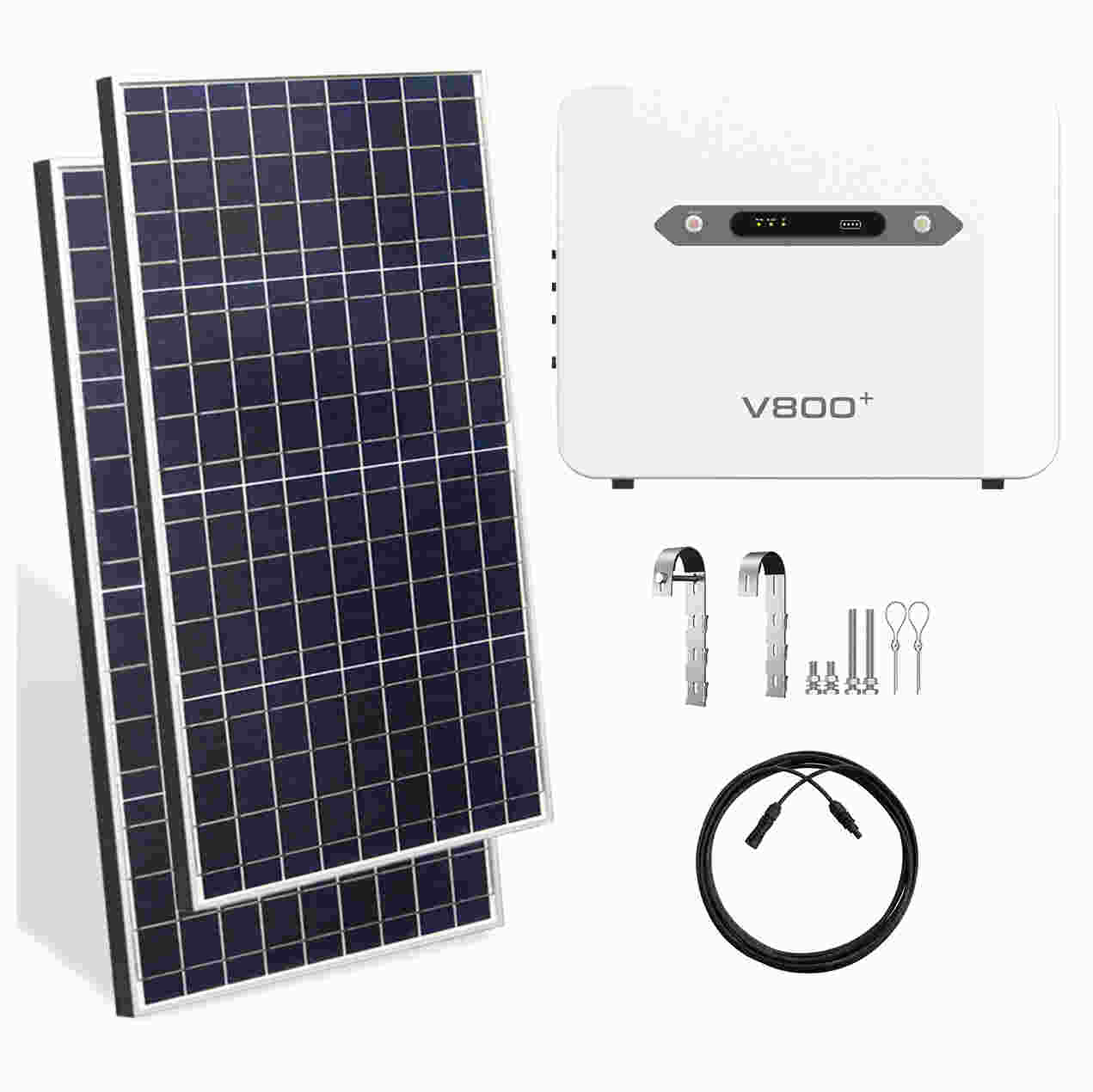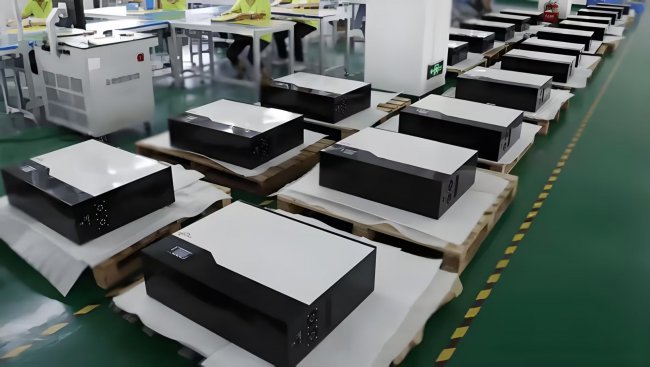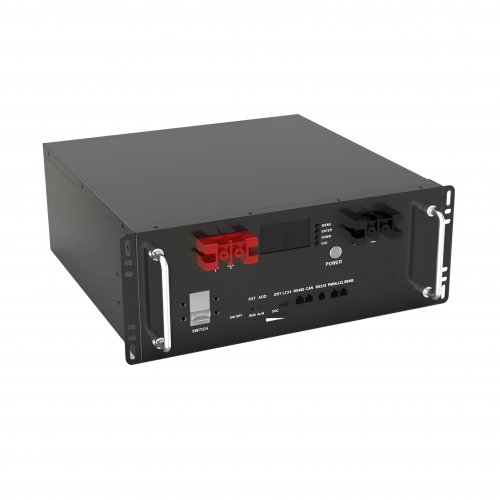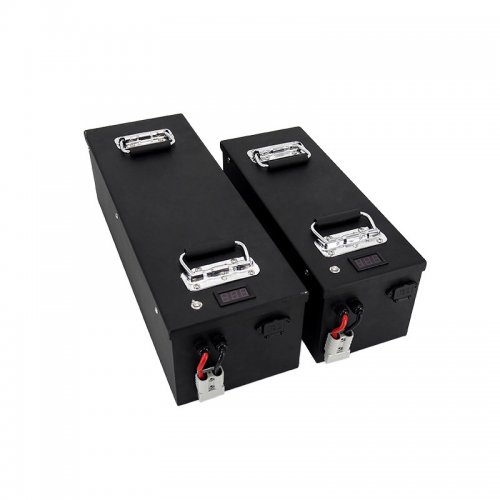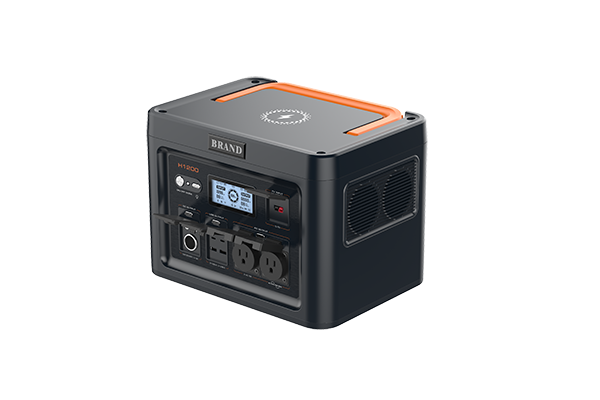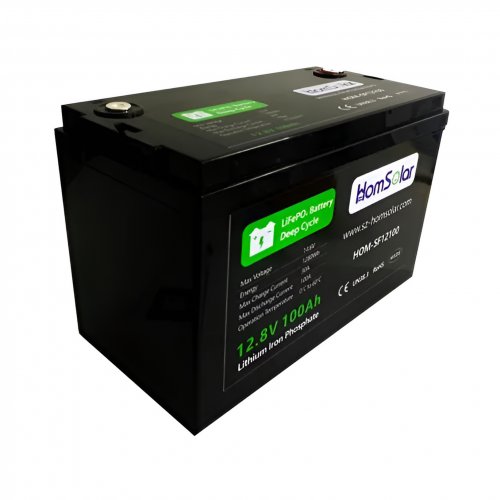Advances In Cost Reduction: Innovative Strategies And Technological Breakthroughs
Cost reduction remains a paramount objective across industrial and academic research, driven by global competitive pressures, resource scarcity, and the urgent need for sustainable economic growth. Recent years have witnessed significant breakthroughs, not merely in traditional process optimization, but in fundamental technological shifts that redefine cost structures. This article explores the latest advancements in materials science, manufacturing, renewable energy, and data analytics that are fundamentally altering the economics of production and service delivery.
A critical frontier for cost reduction lies in advanced materials and additive manufacturing (AM). The development of novel, high-performance alloys and composite materials at lower raw material costs is accelerating. For instance, research into low-cost titanium alloys using abundant elements like iron and oxygen has shown promise in matching the performance of expensive aerospace-grade titanium while drastically reducing material expenditure (Zhang et al., 2022). Concurrently, additive manufacturing has evolved from a prototyping tool to a full-scale production solution that offers profound cost advantages. The paradigm of "complexity for free" allows for the creation of lightweight, consolidated parts that eliminate assembly steps and reduce material waste by up to 90% compared to subtractive methods. Recent breakthroughs in multi-laser and high-speed sintering systems have dramatically increased throughput, thereby lowering the per-unit cost barrier that previously limited AM's widespread adoption in mass production (Gibson et al., 2021).
In the realm of renewable energy, cost reduction is the central driver behind the global energy transition. The most striking progress has been in photovoltaic (PV) technology. The efficiency of perovskite-on-silicon tandem solar cells has now surpassed 33%, a milestone that promises to drastically reduce the levelized cost of electricity (LCOE) by generating more power from the same footprint (National Renewable Energy Laboratory, 2023). Furthermore, innovations in manufacturing processes for these cells, such as slot-die coating and vapor deposition, are aimed at scaling production while minimizing capital and operational expenses. Similarly, in wind energy, the development of larger, more efficient offshore wind turbines with segmented blades has reduced maintenance costs and improved energy capture, making renewable energy increasingly competitive with fossil fuels without subsidies.
The integration of Artificial Intelligence (AI) and Big Data analytics into industrial operations represents another transformative avenue for cost reduction. AI-powered predictive maintenance systems analyze sensor data from machinery to forecast failures before they occur, minimizing unplanned downtime and extending asset life. A study by McKinsey estimated that such systems can reduce maintenance costs by up to 20% and cut downtime by 50%. Beyond maintenance, AI algorithms are optimizing complex supply chains in real-time, factoring in variables from fuel prices to weather patterns to identify the most cost-effective logistics routes. In process industries, machine learning models are being used to fine-tune parameters in chemical reactions or metallurgical processes, achieving higher yields with lower energy consumption. For example, Google's application of DeepMind AI to optimize cooling in its data centers resulted in a 40% reduction in energy costs for cooling (Evans & Gao, 2019).
The concept of the circular economy is also moving from theory to practice, offering a structural model for long-term cost reduction. Advanced recycling technologies, particularly for plastics and critical minerals from electronic waste (e-waste), are turning waste streams into valuable revenue sources. Hydrometallurgical and biometallurgical processes are being refined to recover precious metals like gold, cobalt, and lithium with higher purity and lower energy input than virgin mining. This not only mitigates supply chain risks and associated volatile costs but also reduces environmental remediation expenses. Research into designing products for disassembly and remanufacturing is further ensuring that cost savings are embedded at the design phase itself.
Future展望 (Future Outlook) points towards the convergence of these disciplines. The factory of the future will likely be a highly automated, AI-managed facility that uses additive and hybrid manufacturing to produce lightweight, efficient products from recycled or advanced low-cost materials, all powered by cheap, locally generated renewable energy. Key challenges remain, including the high initial capital investment for some technologies and the need for significant workforce reskilling. Furthermore, as Huang et al. (2023) argue, future cost models must internalize environmental and social governance (ESG) costs, where true cost reduction aligns with sustainability goals.
In conclusion, the contemporary pursuit of cost reduction is no longer solely about frugality or efficiency gains. It is increasingly driven by fundamental technological disruptions that redefine production paradigms. From additive manufacturing and AI-driven optimization to the plummeting costs of renewables and circular economy principles, these advances are creating a more productive, sustainable, and cost-effective industrial landscape for the future.
References
Evans, R., & Gao, J. (2019). DeepMind AI Reduces Google Data Centre Cooling Bill by 40%.DeepMind Blog.
Gibson, I., Rosen, D., & Stucker, B. (2021).Additive Manufacturing Technologies: 3D Printing, Rapid Prototyping, and Direct Digital Manufacturing. Springer.
Huang, A., et al. (2023). Integrating ESG into Total Cost of Ownership Models: A Framework for Sustainable Cost Reduction.Journal of Cleaner Production, 405, 136982.
National Renewable Energy Laboratory (NREL). (2023).Best Research-Cell Efficiency Chart. Retrieved from [NREL website].
Zhang, L., et al. (2022). Development of Low-Cost, High-Strength Titanium Alloys via Powder Metallurgy.Materials Science and Engineering: A, 843, 143131.
Customized/OEM/ODM Service
HomSolar Supports Lifepo4 battery pack customization/OEM/ODM service, welcome to contact us and tell us your needs.


HomSolar: Your One-stop LiFePO4 Battery Pack & ESS Solution Manufacturer
Our line of LiFePO4 (LFP) batteries offer a solution to demanding applications that require a lighter weight, longer life, and higher capacity battery. Features include advanced battery management systems (BMS), Bluetooth® communication and active intelligent monitoring.

Customised Lithium Iron Phosphate Battery Casing
ABS plastic housing, aluminium housing, stainless steel housing and iron housing are available, and can also be designed and customised according to your needs.

HomSolar Smart BMS
Intelligent Battery Management System for HomSolar Energy Storage System. Bluetooth, temperature sensor, LCD display, CAN interface, UART interface also available.


Terminals & Plugs Can Be Customized
A wide range of terminals and plugs can be customised to suit the application needs of your battery products.

Well-designed Solutions for Energy Storage Systems
We will design the perfect energy storage system solution according to your needs, so that you can easily solve the specific industry applications of battery products.



About Our Battery Cells
Our energy storage system products use brand new grade A LiFePO4 cells with a battery lifespan of more than 4,000 charge/discharge cycles.



Applications in Different Industries
We supply customized & OEM battery pack, assemble cells with wiring, fuse and plastic cover, all the cell wires connected to PCB plug or built BMS.
Applications: E-bike, Electric Scooter, Golf Carts, RV, Electric Wheelchair, Electric Tools, Robot Cleaner, Robot Sweeper, Solar Energy Storage System, Emergency Light, Solar Power Light, Medical Equipment, UPS Backup Power Supply.
We can provide you with customized services. We have the ability to provide a vertical supply chain, from single cells to pack/module and to a complete power solution with BMS, etc.


HomSolar (Shenzhen) Technology Co., Ltd







